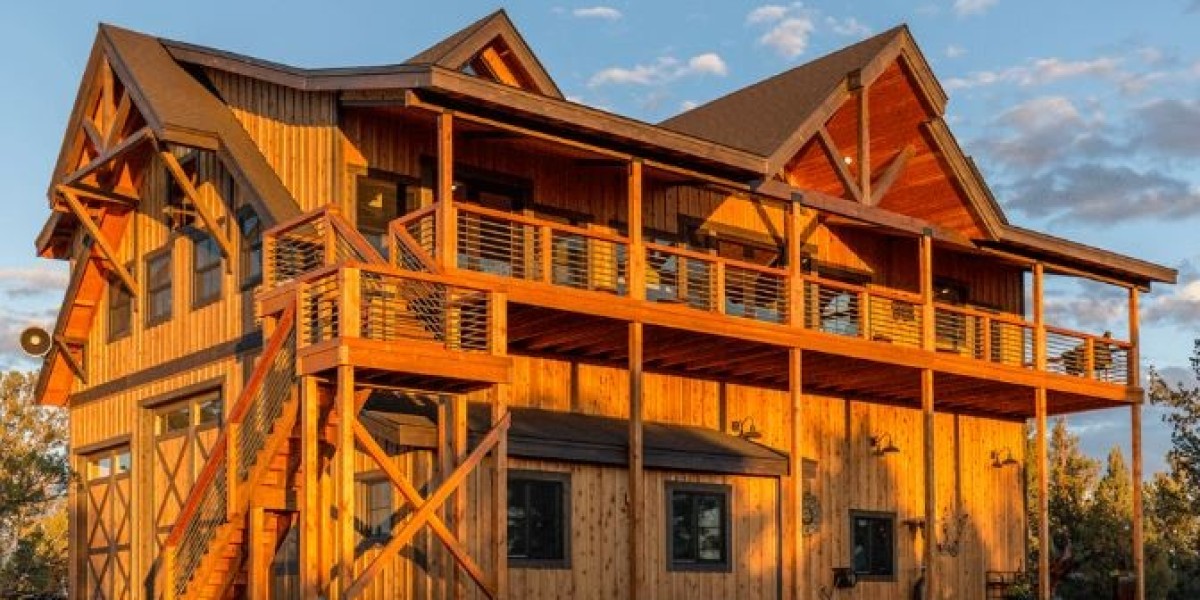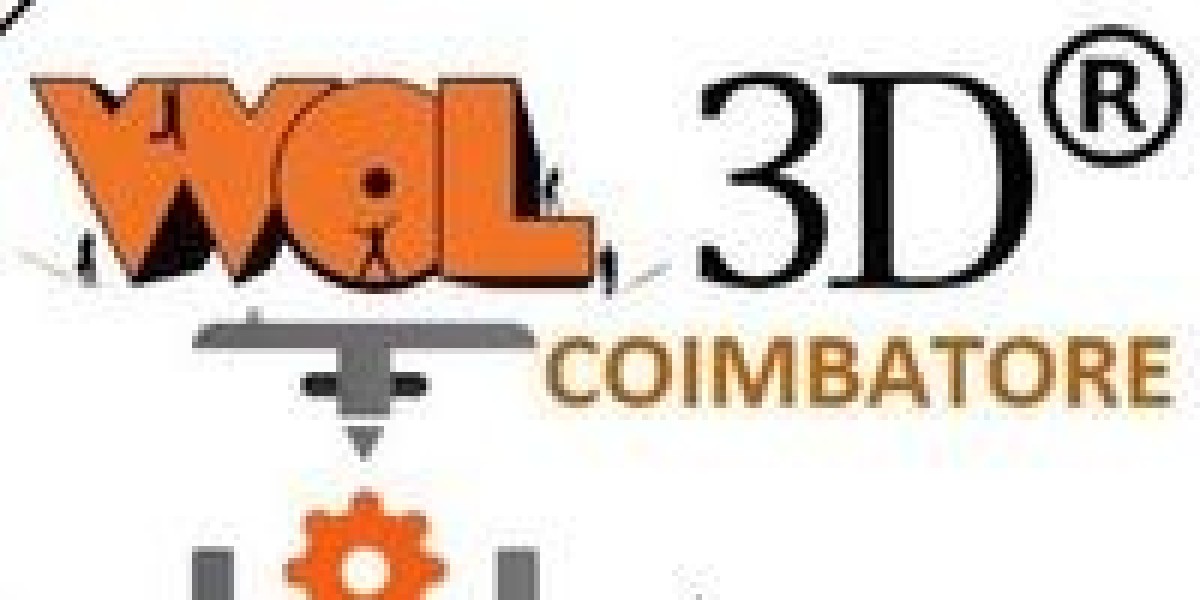Structures that are required to withstand harsh agrarian conditions or climates that are in a state of constant change can reap the benefits of the unrivaled durability that prefabricated metal construction offers. Because it provides dependable protection against the effects of weather and vermin deterioration, this is the reason why it is so popular. Therefore, farm buildings are able to effectively fulfill the roles of essential shelter in a manner that is satisfactory.

Individualization and Modification according to Application Specific: Metal Barns are capable of being highly customized to meet the specific requirements of virtually any agricultural application. This allows them to expand beyond the basic sizes and configurations that are currently available. Particularly, livestock producers frequently have very specific shelter requirements, which can be accommodated by prefabricated metal buildings that can be modified to meet those requirements. As a result, these buildings can be used to provide shelter for livestock producers.
The following is a list of some of the most common modifications that can be made to Pre Built Barns in order to accommodate livestock:
Generally speaking, Metal Barns are constructed with free stalls that are able to accommodate rows of headlocks or stanchions for animals that are either tied or free-roaming.
The length of stalls should typically be between six and seven feet, as this is recommended for optimal dimensions. In order to ensure that there is sufficient space for calves, heifers, or mature cows to stand, lie down, and rise without experiencing any discomfort, this is done. The alleys that are located between rows must have a minimum clearance of 6-7 feet in order for feed carts and manure scrapers to be able to successfully pass through them. Some of the additional amenities that may be available include calf pens, maternity accommodations, milk parlors, automatic feed pushers, and feed bins. Other amenities may also be available.
Cattle barns for beef cattle:
For the purpose of facilitating the removal of manure, beef cattle barns typically include calving areas that are surrounded by straw-packs, have additional insulation, and slope floors. Drive-in alleys that are wide make it easier to feed animals, and headlocks make it simpler to perform veterinary procedures. It is possible to reduce the amount of feed that is wasted by storing hay in lofts or lean-tos. Cattle are protected by winter lots that are kept in good condition or lots that have windbreaks located within them. With loft ceilings that are high enough to accommodate large animals and storage of feed, tack, and equipment above them, horse owners appreciate having spacious stalls that are 12-14 feet wide and have loft ceilings that are high enough to accommodate large animals.
Furthermore, high-quality floors are able to withstand urine without producing an unpleasant odor while doing so. Providing access to trailers can be accomplished through the use of additional doors or alleyways. In poultry barns, the temperature, humidity, lighting, ventilation, and manure management can all be precisely controlled thanks to the precise environmental controls that are installed in Pre Built Barns. There is a reduction in labor as a result of feed and water lines. The utilization of separate male-female zones or all-in/all-out multi-age rotations are two methods that can contribute to the maximization of production. Slatted floors provide additional protection for the feet of birds.
Hog Barns: Hog facilities are designed to be as sanitary as possible in order to maximize their effectiveness. The ability to suspend animals above feces collection pits or flush drain locations is made possible by floors that are either slatted or slotted. The use of feddling and nursery areas helps to maintain the stability of the environments in which piglets flourish.
Chemicals used for cleaning can be tolerated by materials such as stainless steel or other materials that do not corrode. Barns for Sheep: Sheep housing is distinguished by the utilization of sturdy dividing fences or stanchions within larger loafing areas made of bedding. Sheep barns are also known as sheep barns. When hay is fed by self-feeders, it maintains its freshness for a longer period of time and produces less waste. For the purpose of monitoring and bonding with newborns, the utilization of lambing jugs is more convenient. These kinds of detailed amenities are designed to meet the stringent standards that intensive animal industries have set for biosecurity, animal well-being, and operational efficiency. These standards are designed to comply with the requirements of the industry. Through the diligent collaboration of engineers and farmers, it is the responsibility of manufacturers to ensure that buildings fulfill their intended purposes. This responsibility falls under the category of "attention to detail."
Ingredients for the Building IndustryDespite the fact that galvanized steel is by far the most common material used for prefabricated metal barns, there are some applications that may require alternative metals that offer distinct advantages. Aluminum, also known asAluminum, which is lighter in weight, enables assembly to be completed more quickly and can accommodate clearspan roofing that contains larger panels. Formability is comparable to steel in terms of appearance; however, it resists corrosion more effectively, which is one of the most important factors to consider when deciding where to sit. The initial cost of aluminum, on the other hand, is significantly higher than the cost of steel.
Stainless steel that is made of both: It is possible for stainless steel to withstand anything, even in environments where aggressive chemicals are frequently present, because it does not require routine maintenance services. As a consequence of this, stainless steel is utilized extensively in industrial beef facilities as well as dairy farms. It is true that the material is more cost-effective in the long run, despite the fact that it is initially more expensive. Steel that is weathered:This alloy, which is also known as Corten steel, produces a rust-like oxidation that is stable and occurs naturally.
These oxidations do not require painting because they occur naturally. Because it does not have coatings that chip or fade over the course of decades, it is able to blend in with landscapes in an attractive manner while still maintaining its strength. What constitutes composite panels is material-skinned paneling that has been fused to insulation cores such as polyisocyanurate. Composite panels are also known as composite panels. Both thermal and acoustic performance are exceptional when it comes to these panels. It is not necessary to carry out any additional work when the factory applies the finishing to both the exterior and the interior of the product. There is a direct connection between the potential for energy savings over time and the rising costs that are being passed on to consumers.
Composites of Concrete and Steel: Code-compliant solutions that go beyond basic steel alone include concrete endwalls with steel-framed superstructures or metal buildings set upon concrete slabs. These solutions are robust and provide a higher level of protection. The application of these solutions is especially beneficial in regions that are prone to experiencing high winds or in which the loads of livestock or equipment are exceptionally heavy.








